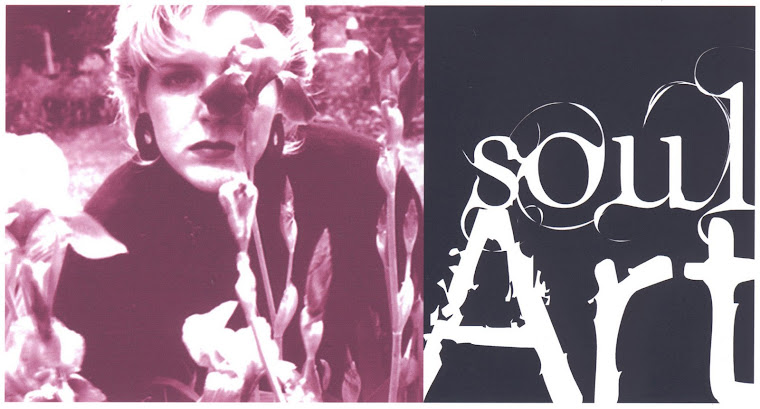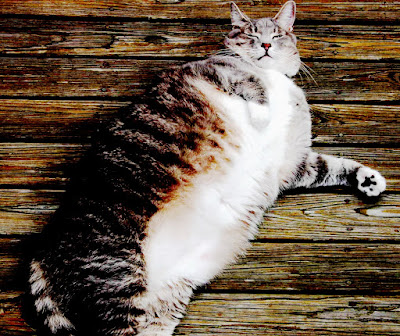Blogging my evolution as an artistic art educator - An art-based experiment...
Yep, it's Wednesday... Look for two posts today too!
OK... The technique I have to share is not necessarily an artsy-farsty one. It's more
practical creative. Meaning, the abilities and tools needed are really basic, not artistic. You can do this!
This technique sprang out of necessity. I love puzzles, and so does my daughter. Puzzles are great right-brain practice, so we try to do them when we can. In this case, I had purchased one to put together, glue, and hang in my studio, and Josie was putting together an old favorite to glue and hang up in her room.
We get finished with our respective puzzles, and low-an-behold, as many parents discover to their dismay too, a piece of Josie's puzzle is lost.
(Not a mystery why if you see her bedroom.) We look for the piece several times, to no avail.
Now, this puzzle is cool, of very high quality, and Josie loves the animal images, so what to do?... Yep, I decide to recreate the missing piece! And, that is what my technique is for
TECHNIQUE TUESDAY...
(Yes, I am still aware that it is Wednesday. Just go with me on this today!)
My puzzle - Built, glued, and ready to mount and/or frame for hanging.
Josie's puzzle - Built, and... GASP... missing one final piece...
Close-up of the missing piece - What to do... What to do?
Step 1 - Retrieve the lid to the puzzle, and carefully cut out the section that contains the missing piece/image section.
Step 2 - After measuring the puzzle itself and the box lid image, use a proportion scale (or good old mathematics) to figure out the percentage of difference between the lid image and the puzzle. (This will allow you to use your ink jet copier or laser copier to correctly enlarge the box lid section image to the size that you will need to fix the puzzle. Our puzzle, for instance, was exactly twice as large or 200% of the original box lid image.)
Step 3 - Carefully slide color-copied appropriately sized image behind puzzle, and move around gently so puzzle looks "complete", and missing piece camouflaged.
Step 4 - Use a sharp pencil to trace the puzzle shape onto the copied image paper, holding the puzzle down so it doesn't slip, and making sure to trace right up against the existing cardboard edges of the built puzzle, to produce a crisp and accurate shape/size.
Step 5 - Very carefully and accurately cut the pencil-traced paper puzzle piece out. Using a good acid-free glue-stick, attach the paper puzzle piece to a piece of chipboard from the puzzle box, or any other thin cardboard that is close to the same depth as the puzzle itself. Burnish the paper to the chipboard with wax paper, making 100% sure it is laminated completely together. (No lifted edges or bubbles at all!) Allow this to sit for about 30 minutes, to insure maximum adhesion.
Step 6 - Carefully and accurately cut through the chipboard, using the trimmed paper puzzle piece as a guide. I did this using both very sharp scissors and an X-acto knife, going back and forth as I saw fit, to get the most accurate and clean results. Next, use rolled up sandpaper and/or a small file to gently sand away any ruff chipboard. Then, lightly spray the top of the puzzle piece with a sealer, such as the one above, used for digital picture protection, and allow to dry.
Step 7 - And, finally, gently replace and press into place the puzzle piece you created to complete the puzzle! Use a good puzzle glue, such as the one above, and preserve your right-brain practice for all time... (Follow the directions for sealing the whole puzzle together, if that is your intent.) Once dry, the puzzle can be mounted on foam core board with a good spray adhesive (Super 77 is a fave!) and/or mounted and framed professionally to hang on your wall.
So...
What are you waiting for?... Fear not! If that beloved puzzle is missing a piece
(or two), just build, fix, and preserve
(and share here, please)... You will be glad you did!
Safety, health, happiness, and peace... Pam



















































